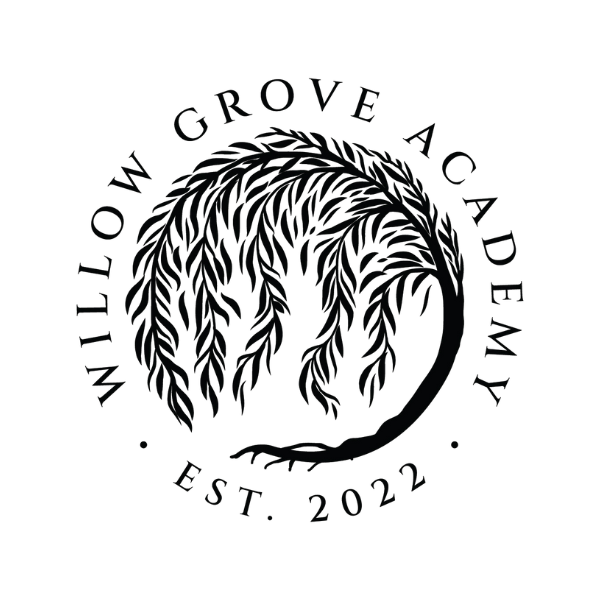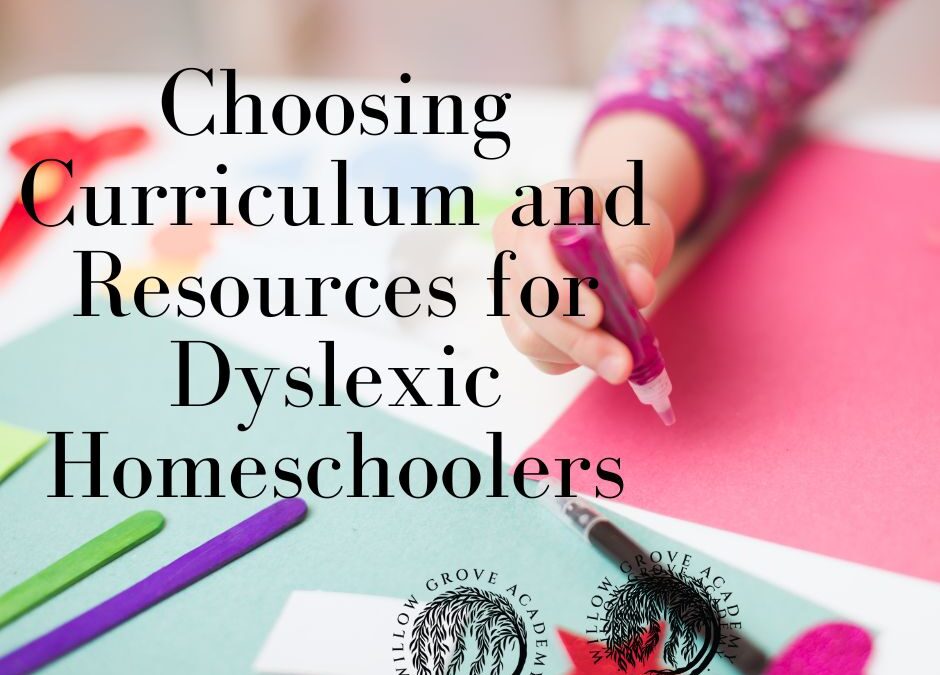If you suspect dyslexia or already have a diagnosis, it is now time to figure out how to choose curriculum for a reading intervention. It can seem daunting when you are faced with all of the curriculum options out there.
Take heart, choosing curriculum and resources for dyslexic homeschoolers isn’t as difficult as it seems.
The most important thing to look for is that the reading program is Orton Gillingham (OG) based. Samuel Orton and Anna Gillingham are the creators of the OG reading method which is the gold standard for reading intervention regardless of the diagnosis.
Any student who has a reading disability should be taught with the OG Method.
Once you know that you are looking for a program that is OG based, this will quickly whittle down your choices to just a handful. From here, you are just looking for a program that you think will suit your child and how he wants his instruction to be delivered.
Here are a few dyslexia reading programs to check out:
- Barton Reading
- Logic of English
- Reading Horizons
- All About Reading (mild struggles with reading only)
For questions about Dyslexia or reading instruction in general, the International Dyslexia Association is a treasure trove of information. Also, if you decide that your child would be better served with a reading tutor, IDA is a good place to start to find a qualified, OG-trained tutor.
If you choose to do reading intervention at home, here are some tips to make reading go smoother and ensure that your child is making progress:
- Create a schedule and stick to it!
- Have set days for reading intervention. Don’t do it everyday. Do lessons for a minimum of 2 days a week, 3 days max.
- Stick to the lesson, do not keep going because it is “going well”.
- Use leveled readers. If reading to learn or for pleasure and it is above your student’s reading level, read it to him, or use audio books.
- Don’t take super long breaks over summer or the holidays.
- Implement the Orton Gillingham reading program with fidelity, do not skip steps.
Keep in mind that reading and math instruction should take priority over all other instruction, especially if your child is older. Regardless of what age your child is when you start, be sure to make it a priority over all other instruction.
This doesn’t mean you have to neglect the other subjects but if your child is prone to meltdowns over schoolwork, be sure to do reading instruction at a time that ensures the most success.

